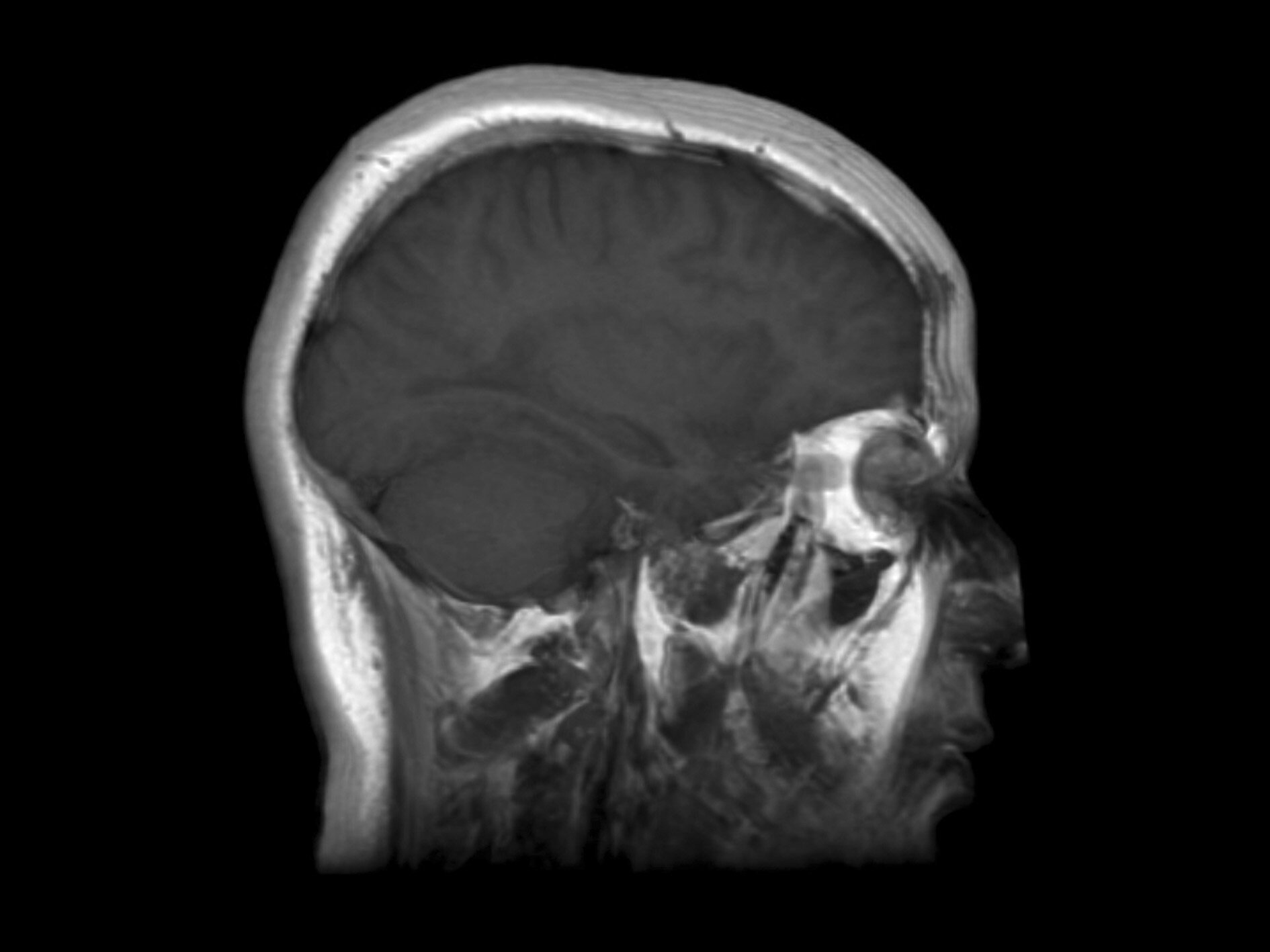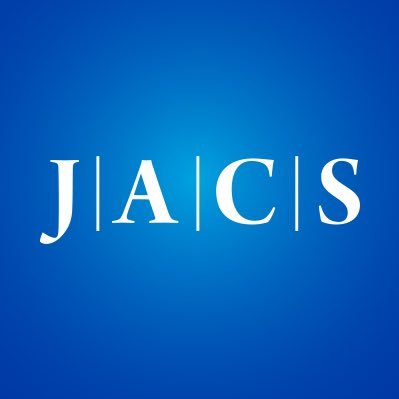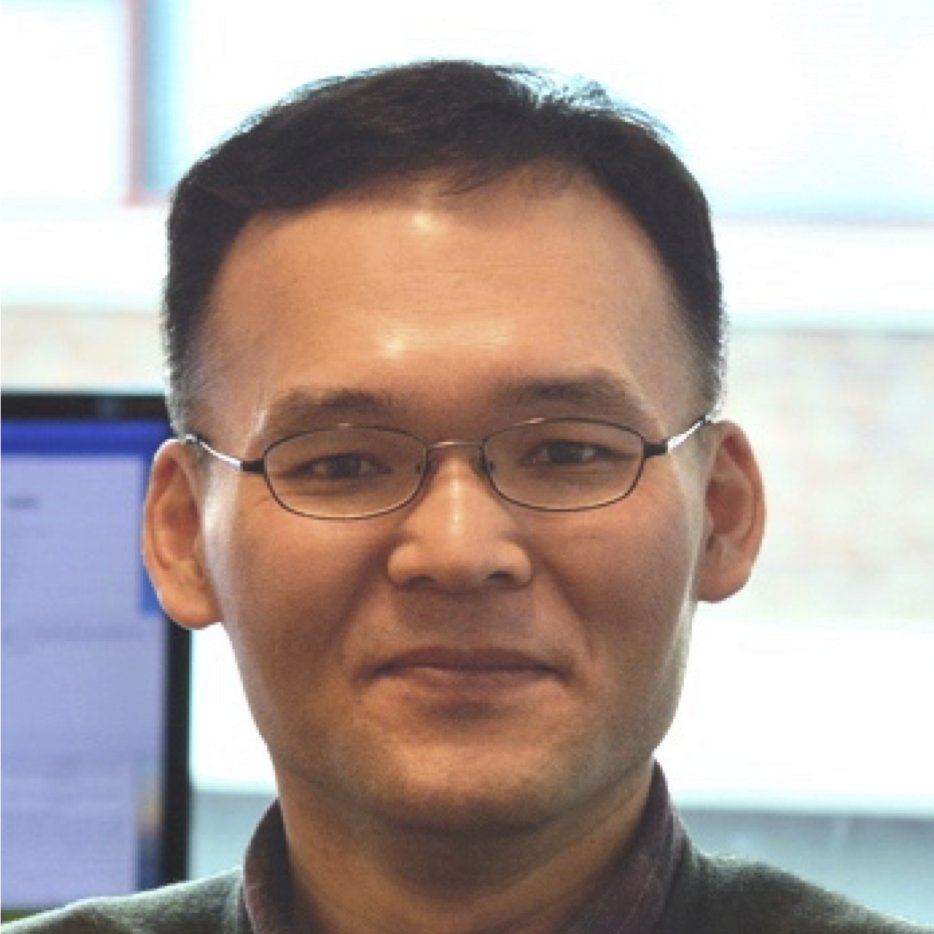
🇺🇦Peter Caravan🇺🇦
@PeterCaravan
Followers
1K
Following
3K
Media
323
Statuses
1K
immigrant, scientist, enophile, husband, dad, professor, molecular imaging at Massachusetts General Hospital and Harvard Medical School
Joined May 2014
Great opportunities opening up here!
The Gordon center started the new year with a new biological emphasis under new leadership: @MatthiasNahrend is our new director. Umar Mahmood will lead a technology-focussed sibling, the Center for Nuclear Medicine & Theranostic Sciences.
0
0
8
Excited to share that our group received another R01! A postdoc opportunity is available to develop new diagnostic and therapeutic approaches for liver fibrosis. Join us! https://t.co/lLlcSiKh3k
https://t.co/hq9Le36IuN
#livertwitter #ScienceJobs #PhD #postdocjobs #postdocposition
3
7
23
Noninvasive Quantification of Radiation-Induced Lung Injury using a Ta... https://t.co/vrVqz6MkwW. Great collaboration with Eric Abston and @MGHSurgery on using #MolecularImaging for early detection of radiation induced #fibrosis and monitoring treatment response
1
1
10
Returning from a great #RSNA2023 and treated to this amazing moonrise while crossing the NY - Massachusetts border.
0
1
16
💯 come to Orleans next June for #MolecularMR, #HyperpolarizedMR, #CEST, #contrastAgents, #Multimodal, imaging metabolism and drug action
0
2
19
Despite all that Gd, there were no histological signs of kidney damage. Would be worth testing if this is true in older rats or those with prior kidney injury. End
0
0
1
3. At 7-8 weeks after dosing the gadolinium retained in the rat kidneys was intact chelate. This was true of all 4 compounds tested including the linear chelate gadobenate. 5/6
1
0
0
2. Not all macrocyclic GBCAs are retained equally. In rats, gadoteridol was more efficiently eliminated than gadoterate and gadobutrol. Much more gadobutrol remained in the rat kidneys. Is the same true in humans? #gadolinium 4/6
1
0
0
To put this in perspective the amount of Gd that can be “invisible” in the kidney by T1 weighted MRI is about the same concentration present in blood at venous phase imaging. 3/6
1
0
0
Gd is “invisible” to MRI because it is sequestered in a cellular compartment where intracompartmental water exchange is slow. It can be detected by susceptibility based methods like T2* mapping but still not sensitive to about 100 micromolar. 2/6
1
0
0
This paper from @Mariane_LeFur had 3 provocative findings. 1. Gadolinium retained in kidneys is invisible to T1w MRI until it is present at high 100s of micromolar. Gd is retained in kidneys at several orders of magnitude more than in brain. #Kidney 1/6
Following administration of four different gadolinium contrast agents to healthy rats, mass spectrometry showed the highest concentration in the kidney cortex at day 17. @PeterCaravan @Mariane_LeFur @MGHMartinos @MGH_RI @i3MGH
https://t.co/baZg0f62gG
1
4
22
Dr Hua Ma’s latest on imaging aldehydes in chronic #liver #lung #kidney #fibrosis @MGH_RI @MGHMartinos @i3MGH
Tailored Chemical Reactivity Probes for Systemic Imaging of Aldehydes in Fibroproliferative Diseases | Journal of the American Chemical Society @PeterCaravan @MGHCSB #Aldehyde #Imaging #Fibroproliferative #Disease @NYTScience @sciam @BostonGlobe
@MGH_RI
2
3
18
We're thrilled to present our latest work on #ovariancancer detection through the analysis of #extracellularvesicles . We delved into the fallopian tube to identify early lesions. @MGHCSB @MGH_RI
advanced.onlinelibrary.wiley.com
This study utilizes extracellular vesicles (EVs) to detect high-grade serous ovarian carcinoma (HGSOC) at an early stage. It capitalizes on insights into HGSOC's development from precursor lesions...
2
9
31
New from @VeronicaClavij8 @sojoodi_mozhdeh and Eric Gale: Molecular Magnetic Resonance Imaging of Liver Inflammation Using an Ox... https://t.co/nCOV5JyY70.
#liver #NAFLD #DILI @MGHMartinos @MGH_RI @MghNafld
1
6
17
Nice work from Phil and Iris and a great collaboration with Bryan Fuchs, Bob Colvin @MGHKidneys and @pfizer colleagues to image fibrotic disease activity in the kidneys
In most CKDs, lysyl oxidase oxidation of collagen forms allysine side chains, which then form stable crosslinks. This study shows MRI using Gd-OA is potentially a valuable tool for detecting and staging renal fibrogenesis https://t.co/UZeowVbWNi
@PeterCaravan @i3MGH
0
0
14
Congratulations to my @MGHMartinos colleague Eric Gale for receiving a Blavatnik award from @harvardmed to develop a therapy to treat anemia of chronic disease. #MedicinalInorganicChemistry
martinos.org
2
2
21
Great symposium today at #NERM2023 honoring the legacy of Saul Hertz. Remarkable man. The speed of translating innovations in particle physics to clinical practice was inspiring. @MGH_RI Great to hear my mgh colleagues @jmhooker @AileenO_Shea AnnaLiisa Brownell.
0
0
9
This week's MIB Paper of the Week focuses on receptor tyrosine kinase inhibitors, their role in tumorigenesis, and using HER3 PET imaging in gastric cancer models. Great work by @ShadiEsfahani et al.! https://t.co/MR0Cov0VF6
@MGHImaging
0
0
8









